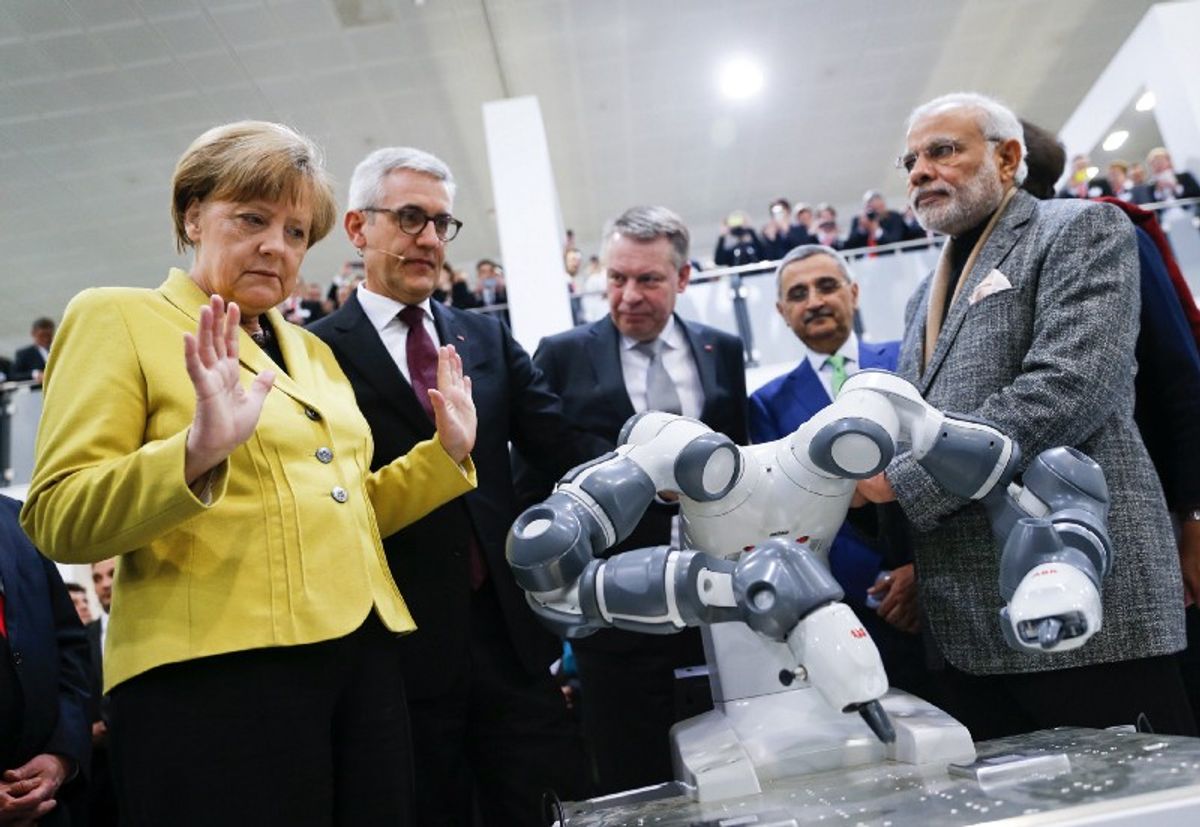A new McKinsey study on the impact of automation says large-scale government intervention will be needed as “up to 800 million people — including a third of the work force in the U.S. and Germany — will be made jobless by 2030.”
Take a step back. The big international story of the past half century is the “rise of the rest,” poor countries catching up with richer ones. A lot of that was due to manufacturing and global supply chains. But even if automation ultimately creates more jobs than it kills, the transition will generate political turbulence in every country that adopts these technologies. To smooth that transition, the state and private sector must invest in quality education and (re)training — and in social safety net protections for workers who can’t make the leap. Countries with the best schools and the most money will better absorb the shock of change. That means that the shock of automation could reverse the wealth convergence of the past 50 years by hitting poorer countries much harder than richer ones.

